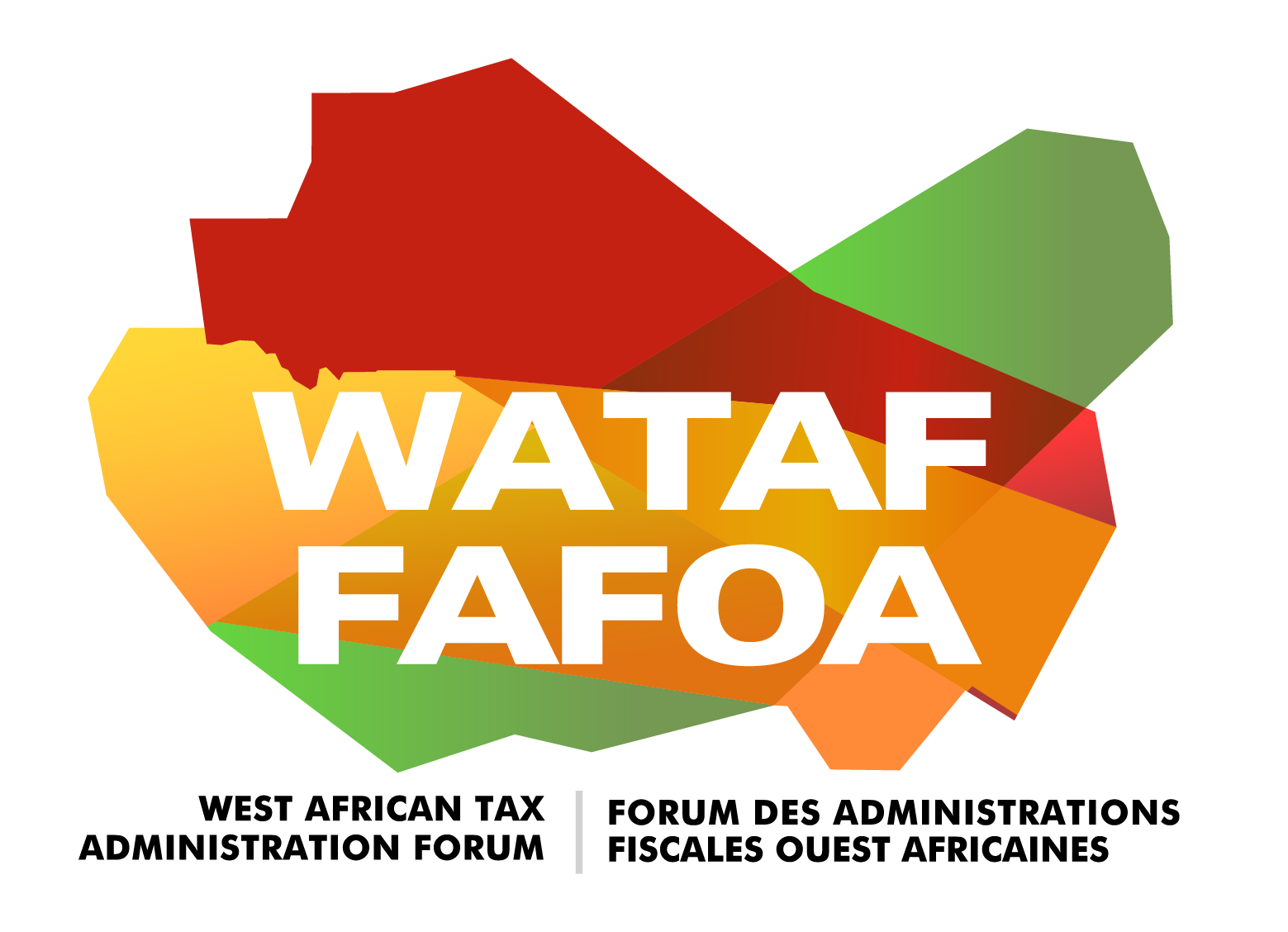Exchange of information
Exchange of Information (EOI) is a concept in tax policy that involves the process of giving and receiving information on tax matters between and among different tax jurisdictions in a confidential, tailored to request and timely manner.
It is simply a collaborative process where countries through their tax authorities share information to assist in the determination of tax cases and enforcement of tax laws.
Types of EOI
- EOI on request (EOIR) – where a competent authority asks for specific information on a taxpayer who is a resident of another tax jurisdiction.
- Spontaneous EOI (SEOI) – the provision of information that is foreseeably relevant to a treaty partner, without being requested.
- Automatic EOI (AEOI) – is the periodic transmission of “bulk” taxpayer information by the source country to the residence country concerning various categories of income. The Common Reporting Standard (CRS) and Country by Country Reporting (CbCR) are forms of AEOI.
Requirements for an Effective EOI
There are basic requirements needed for an Exchange of Information to be effective, such requirement include:
- A Legal Instrument: there must be a legal instrument such as treaties, agreements, conventions that supports the EOI.
- Designated Responsible Persons: A Competent Authority (CA) must be appointed by every tax jurisdiction and shall be responsible for the EOI.
- Availability of information: there is an obligation to keep the information, particularly accounting, banking and ownership information.
- Legal Powers: there must be adequate local legislation empowering the competent authority, tax authorities and other stakeholders to engage in EOI.
- Infrastructure & Resources: investment in structural and technological facilities, including highly trained personnel to aid the EOI.
Legal instruments for EOI
An effective Exchange of Information must be given a force of the law, it may be through:
- Domestic laws of the intending jurisdiction;
- Double Taxation Agreements (DTA);
- Tax Information Exchange Agreements (TIEA)
- OECD Multilateral Convention on Mutual Administrative Assistance in Tax Matters (MAC)
- ATAF Agreement on Mutual Assistance in Tax Matters
- Multilateral Competent Authority Agreement on Country-by-Country Reporting
- Multilateral Competent Authority Agreement on Automatic Exchange of Information
Information that may be Exchange
- Business ownership information,
- Identity information,
- Banking information,
- Tax information, returns or records
- Accounting information,
- Trade and commerce,
- Import and export related information, etc.
Benefits of EOI
- Detecting tax fraud, tax evasion and tax avoidance;
- Check abuse of tax treaty benefits (e.g. BO);
- To verify taxpayer’s claim –income, assets, nature of transactions, foreign tax credits, residency;
- Notify treaty partners of foreseeable relevant information and collect information that can be used for high-level risk assessment in TP;
- Unearth Aggressive tax planning schemes;
- Detect related offences such as Illicit Financial Flows (IFF)
Conclusion
Collaboration among tax administrators across jurisdictions locally or internationally will help in providing verifiable data for the advancement and development of tax administration. To this end, it is necessary for all jurisdiction to collaborate in instituting bilateral tax exchange of information agreement between one another or sign on to a multilateral agreements on exchange of information.







 Views Today : 16
Views Today : 16 Total views : 35866
Total views : 35866